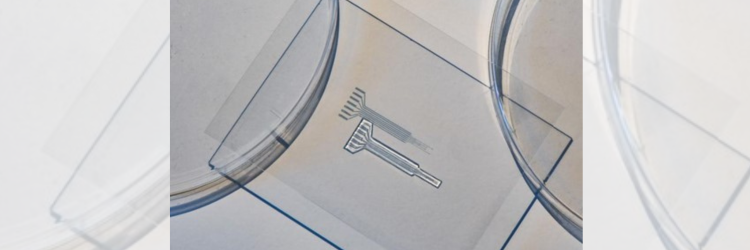MIT Engineers Create a Soft, Printable, Metal-free Electrode
There are a wide range of electronic implants, from traditional pacemakers and cochlear implants to more futuristic brain and retinal microchips aimed at vision to treating depression and helping with mobility. These implants incorporate electrodes that attach directly to target tissues to stimulate muscles and nerves electrically.
Most implantable electrodes are made from rigid metals that can eventually aggravate tissues, causing scarring and inflammation and degrading an implant’s performance.
MIT engineers developed a metal-free, Jell-O-like material that is soft, touch, and can conduct electricity similarly to conventional metals. It can be made into printable ink and flexible, rubbery electrodes. The high-performance conducting polymer hydrogel may one day replace metals. The MIT team reported their findings in Nature Materials.
Recently, researchers have tried using conductive polymers to fabricate soft, metal-free electrodes for use in bioelectronic implants and other medical devices for a soft yet tough electrically conductive films and patches. They are made by mixing particles of conductive polymers with hydrogel. There were many challenges.
The MIT team found they needed to mix conductive polymers with hydrogels to enhance the electrical and mechanical properties of the respective ingredients, resulting in gels made of randomly dispersed polymer particles. The group realized both ingredients should be mixed in a way that makes them slightly repel, known as phase separation. They then cooked the spaghettified gel into ink, which they fed through a 3D printer, and printed onto films of pure hydrogel in patterns like conventional metal.
They implanted the printed, Jell-O-like electrodes onto rats’ heart, sciatic nerve, and spinal cord, testing electrical and mechanical performance in the animals for up to two months. They found the devices remained stable throughout, with little inflammation or scarring to the surrounding tissues. The electrodes also were able to relay electrical pulses from the heart to an external monitor and deliver small pulses to the sciatic nerve and spinal cord, which in turn stimulated motor activity in the associated muscles and limbs.
The team is working to extend the gel’s lifetime and performance.

